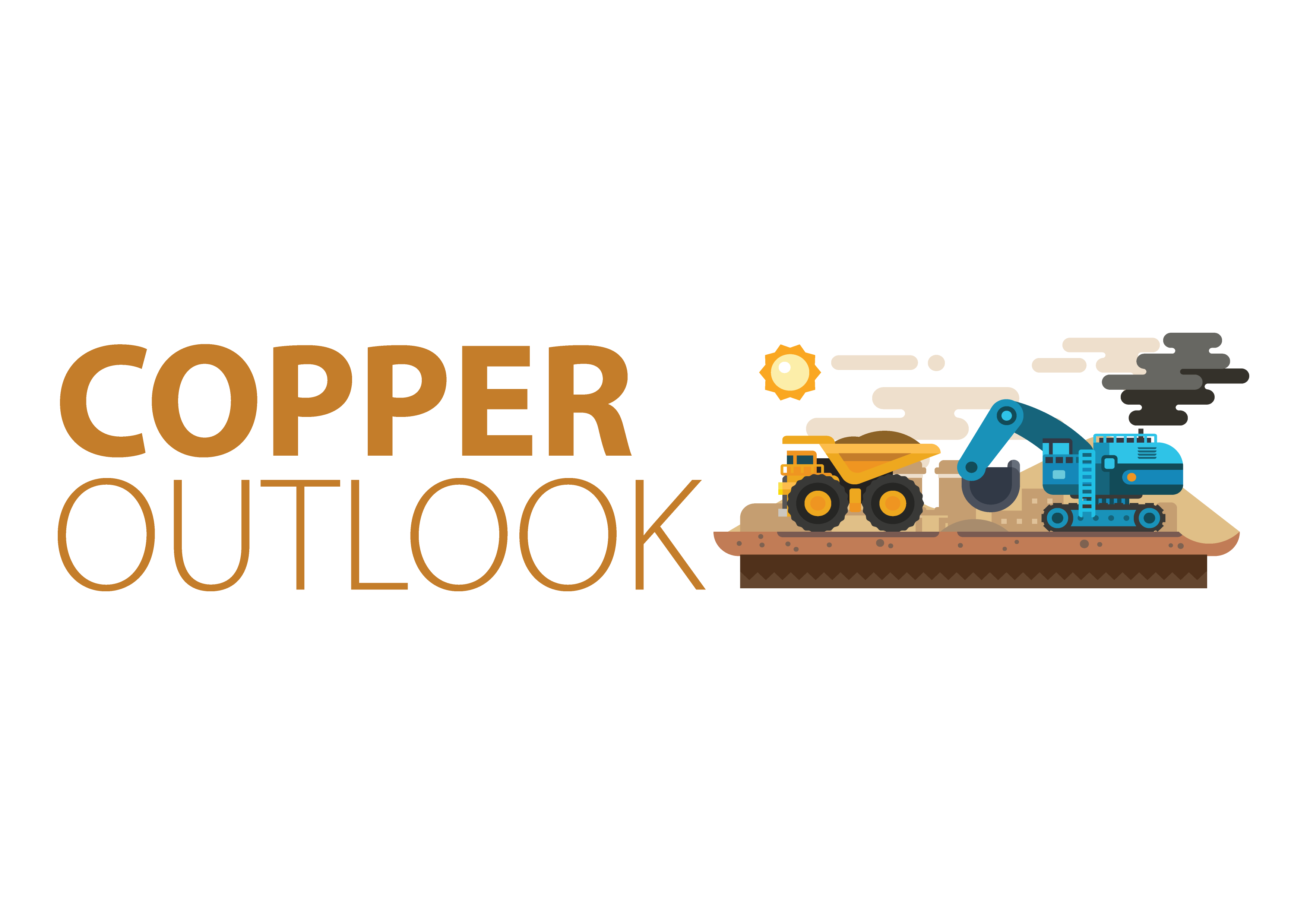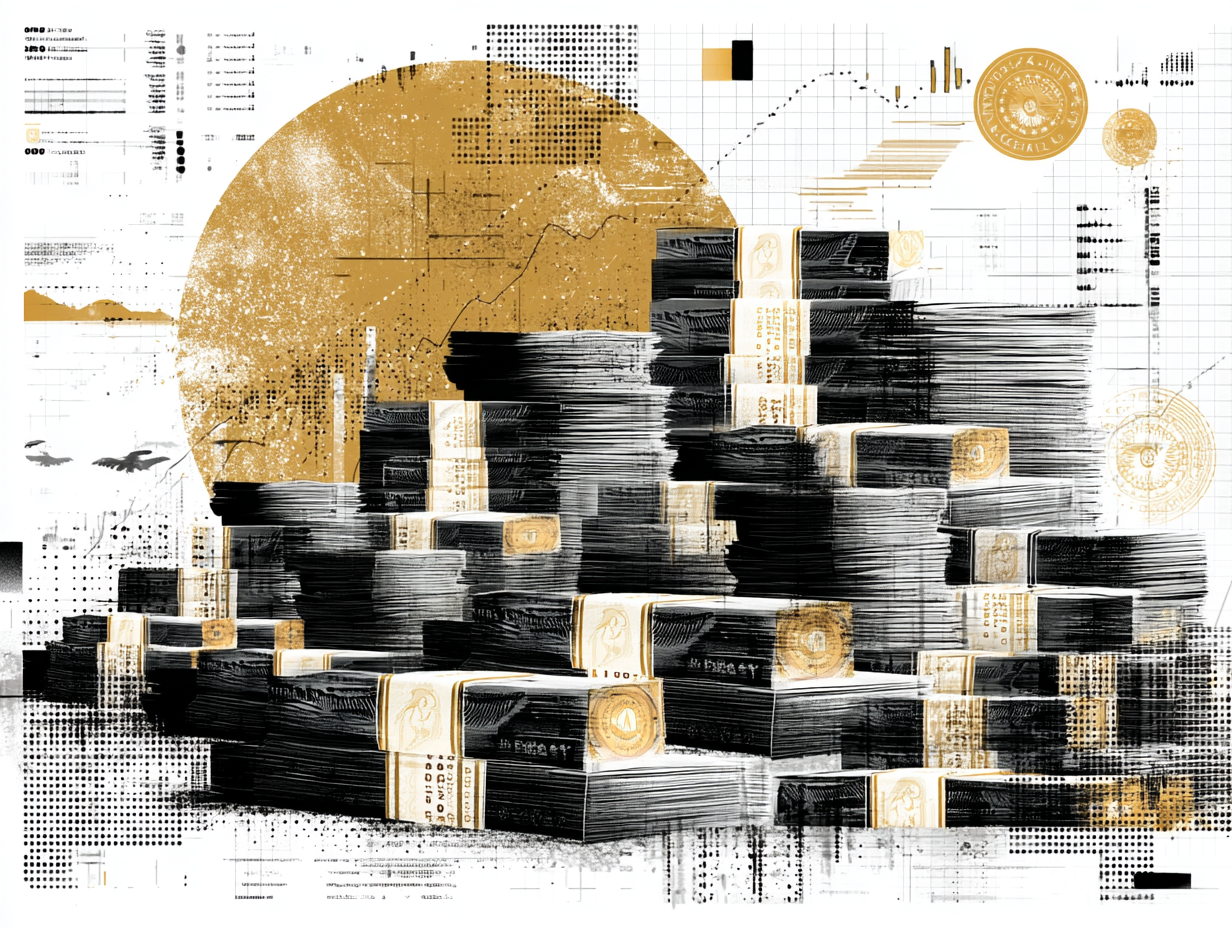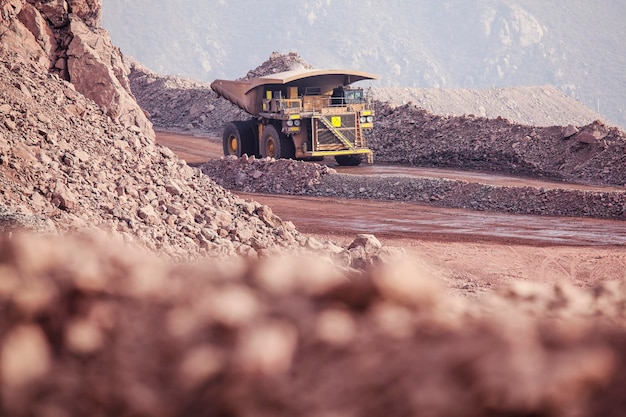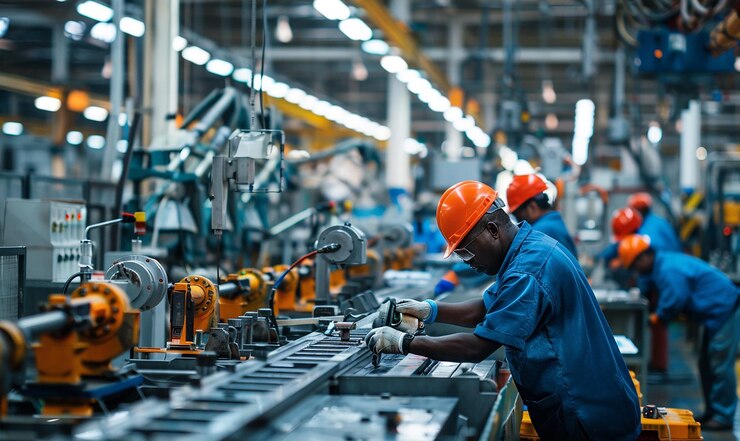World mine production is estimated to have declined by around 2% in the first seven month of 2017, with concentrate production declining by around 1.5%. This pushed prices higher.
The decline in world mine production was mainly due to a 7% (225,000 t Cu) decline in production in Chile, the world’s biggest copper mine producing country, decline in Canada and Mongolia concentrates production of 22% and 19%, 10% decline in Indonesian concentrate production and a 9% decline in production in the United States mainly due to lower ore grades, reduced mining rates and unfavourable weather conditions at the beginning of the year.
Supply disruptions due to worker strikes or weather will remain an ongoing theme. Workers are increasingly demanding the renegotiation of contracts previously settled during a period of low prices, and failure to obtain better working conditions could see further strike action. While such risks are known and have been somewhat priced in, the uncertain extent of future disruptions could still have an impact on prices.
Goldman Sachs upped its target for copper prices based on the outlook for global growth and because the market now faces a potential deficit next year not the surplus it and others previously forecast. According to Goldman Sachs analysts markets ‘have not fully appreciated the synchronized nature of global growth and reduced downside risks from China’. The business cycle is behind the growth in demand and the large wave of mine supply expected did not materialize. The analysts expect demand to average 1.8 percent for 2017 to 2022 (Domm, 2017).
Demand growth in China, copper’s biggest consumer, is expected to slow gradually. Construction activity has remained stronger than expected, however our view remains that it should gradually slow due to tighter regulations and policy restrictions aimed at tightening the housing market. US demand is expected to improve, especially given the proposed large infrastructure spending. However to date little details have been revealed on Trump’s infrastructure package and the market less sure about whether such measures will pass in Congress. Given that the size of US copper demand is dwarfed by Chinese demand, any increase in US spending will be more of a support to sentiment, rather than changing the demand picture substantially (Li, 2017).
Inventory financing using copper and other metals has long been a popular trade, especially given the tight credit control in China and the interest rate differential. Arbitrageurs would borrow offshore at low interest rates using copper as collateral, and invest in higher-yielding Chinese assets, to take advantage of the interest differential.
In the meantime, large quantities of copper tied up in Chinese bonded warehouses pose significant upside risk to supply, especially given the narrowing interest rate differentials which could see copper carry trades unwound and inventory released into market. (Li, 2017).
TheInternational Copper Study Group forecasts world refined production to increase by around 2% in 2017 and 1.5% in 2018. China is expected to remain the biggest contributor to refined production growth in 2017 and 2018, while world ex-China production is expected to remain largely unchanged.
China has been driving global copper consumption growth in the past decade and is expected to continue to do so. The global economic outlook has improved since last year. The November US elections also proved supportive to sentiment, especially given the proposed large infrastructure spending. However, at this stage little detail has been revealed around the infrastructure package, while US copper consumption is relatively small compared to major users such as China in any case. The improvement in the global economic outlook has been driven more by the advanced economies, with the outlook for developing economies weakening somewhat. Despite that, infrastructure development in major countries including China, the US and India will continue to sustain copper demand.
Indicators on the Chinese economy continue to point to an easing in growth, rather than sharp slowing. Analysts at NAB Economics still forecast that construction activity should slow, due to tighter regulations and policy restrictions, however the slowdown is likely to be a gradual process. As the Chinese economy cools, demand growth for copper and other metals is likely to slow as well, but at a gradual and controlled pace rather than a sharp slowdown.
The International Copper Study Group (ICGS) forecasts a small deficit in the refined copper market in 2017 and 2018, based on apparent Chinese consumption. ICGS have revised their forecasts since their October 2017 meeting, to reflect the improved global outlook. Their forecasts do not, however, take into account the large Chinese bonded warehouse stock. The unwinding of copper carry trades could potentially release significant supply from these warehouses and put downward pressure on prices. Chinese demand growth will gradually slow, while supply disruptions will remain an ongoing issue. As a result, prudent forecasts expect copper prices to move sideways in 2017 and 2018, averaging $5720/tonne.
Bibliography
Domm, P. (2017). Goldman Sachs says market not fullyv appreciating what’s sending copper higher. CNBC.
Li, A. (2017). Copper Market Outlook. National Australia Bank.








